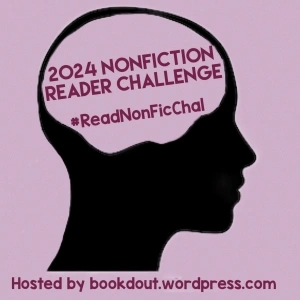Expected Publication Date: 9 May 2024
‘The Colonel and the Eunuch were different names for the same person.’
Twentieth century rural China provides the setting for this novel. Our protagonist, a boy, has grown up in a small village listening to stories about the Colonel, whom some call the Eunuch. As the story gradually unfolds, we learn why some consider the Colonel a hero and others consider him a traitor. The boy wonders: is the Colonel a Eunuch? Who can answer this question?
The boy grows to manhood at a time when China in undergoing rapid change. But he never forgets the Colonel and, as he himself grows into middle age, he learns the truth.
‘I didn’t know shame could weigh so much that it could break someone.’
I found this an absorbing read. Yes, it is slow paced. Yes, almost every character has at least one nickname and at times I really had to concentrate – much as I imagine the boy had to as the story began. While I think the novel is easier to understand if you have some knowledge of twentieth century Chinese history (especially of the war between China and Japan), such knowledge is not essential. Mai Jia takes the reader deep into Chinese rural life, through rumour and superstition into the life of a man who has been elevated within the village to a near mythic status.
Mai Jia shows more intimate view of twentieth century life in China, one in which the Colonel retains his mystery until near the end. Was he a hero? Was he a villain? Who can be trusted?
I intend to reread this novel. The setting is an important part of the story, but in my first read I was more focused on trying to learn the ‘truth’ about the Colonel.
‘A person has two sides, like a coin. There’s a good side and a bad side.’
Note: My thanks to NetGalley and Head of Zeus for providing me with a free electronic copy of this book for review purposes.
Jennifer Cameron-Smith

